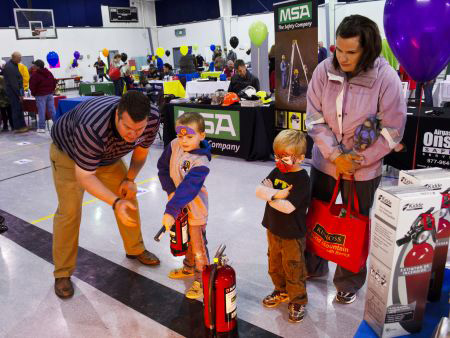Safety policies and manuals

Safety Manuals and Plans
- Autoclave Safety Manual
- Biohazardous Waste Operations Plan
- Biosafety Manual
- Bloodborne Pathogens Exposure Control Plan
- Chemical Hygiene Plan
- First Aid Kit Program
- Hearing Conservation Program
- Heat Illness Prevention Program
- Radiation Safety Manual
- Respiratory Protection Program
- Written Hazard Communication Program
- Written Workplace Safety Plan
Approved University Policies and Standards
- Biosafety Cabinet Certification Policy
- Institutional Oversight of Dual Use Research of Concern Policy
- Laboratory Close Out Policy
- Laboratory Incident Investigation Policy
- Laboratory Safety Assessment Policy
- Laboratory Supervisor Safety Responsibilities Policy
- Laboratory Tours Involving Minors Policy
- Management of Pressurized Gas Cylinders
- Minors Working or Volunteering in Laboratories
- Open Flame Policy
- Peroxide-Forming Chemicals Policy
- Reproductive Health Protection Program
- Review of Extremely Hazardous Chemicals Policy
- Select Agent Personnel Suitability Assessment Program